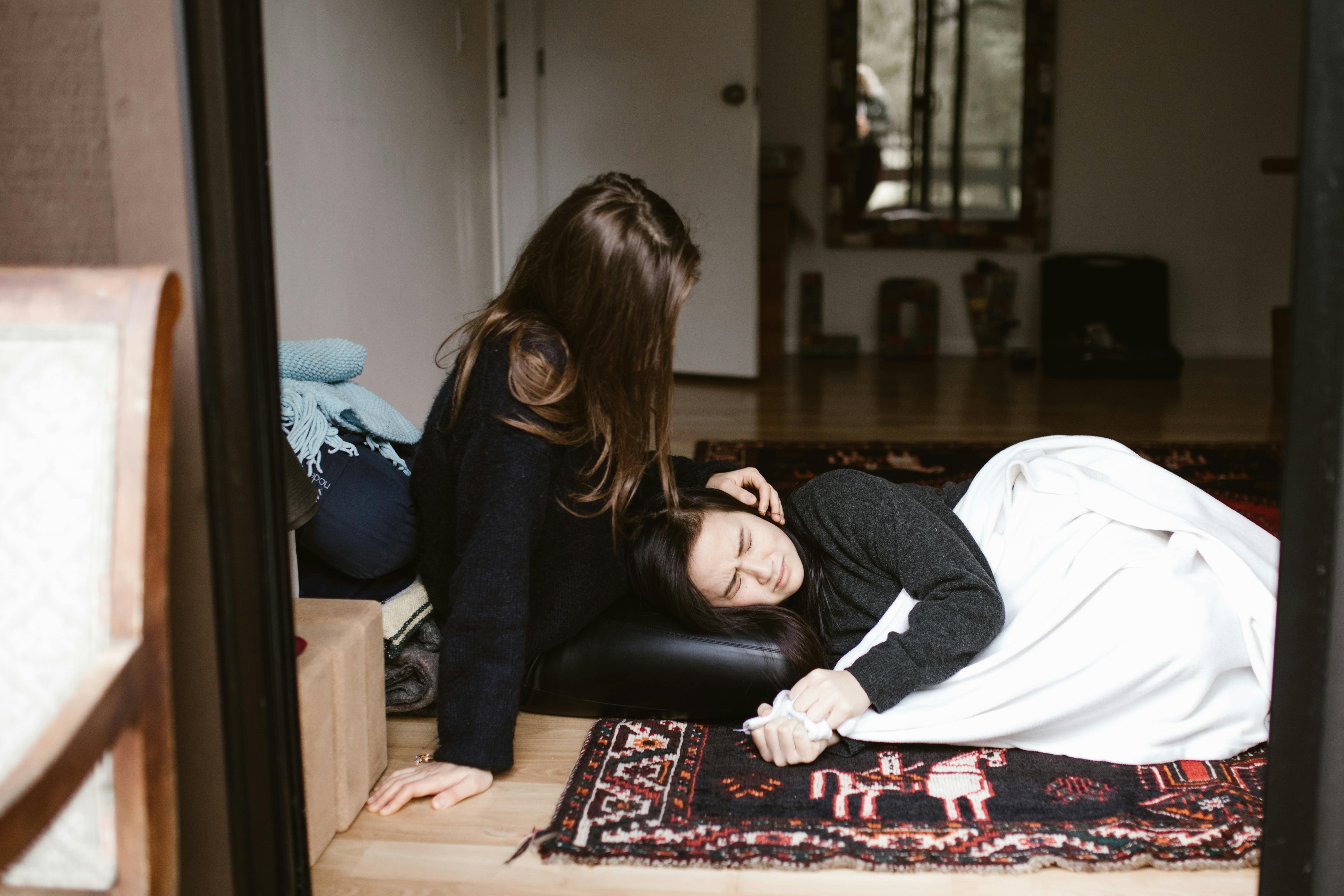Many people have asked me about Celtic hairstyles for both men and women. They want to know about everyday life and what they looked like.
Celtic Soap: The Romans noted that the Celts were very particular about bathing and grooming habits. They smelled great as we know, they washed their hands and face with soap in the morning and took a full bath with soap at night. Later they applied oil with aromatic herbs to their skin. There are clear descriptions in the Brehon Laws as to when elite “security” warriors should bathe, just as foster children’s brats should wash every other day. A brat was some sort of cloak. Almost ritualistic in belief. It is said that it is the Celts who introduced soap to the Romans who used the oil and toothpicks to previously scrape off their dirt.
Celtic hands: In Ireland, people in the hierarchy had to have well-groomed nails. Warriors were considered hierarchical and would be embarrassed if you kept ragged fingernails. Women sometimes dye their nails crimson, as we see in the story of Deirdre, who states that dying her nails crimson refers to joyous occasions, and therefore she will no longer do it when some children die.
Celtic hairstyle and makeup for the face and body: The Celts sometimes had or did not have beards or mustaches, depending on the tribe and position. Some lower-class soldiers and Celts had moustaches, often curled at the tips, but no beards in the medieval period. Beards were often forked: very few Irish artworks show a beard that was not forked and instead square cut at the bottom. Other beard styles feature a single chin-length beard, sometimes with a square cut at the bottom.
Prominent people were clean shaven or had beards and mustaches. The mustache later became known to the aristocracy and was worn on its own, which lasted until the medieval period. Diodorus of Sicily – “Nobles shave their cheeks, but let their mustache grow until it covers the mouth.” As said, there are several tribes, so it all depends on the area. Caesar noted that the Celts shaved their bodies except for the head and upper lip.
In the myths we can see many things that they did, but one must read through many to find these gems. For example, berry juice is sometimes used for black eyebrows for ladies. Irish missionary monks were also known to paint or dye their eyelids black. The cheeks were flushed with a plant called ‘ruam’, it could be alder berries but it is unknown. It is not clear if both men and women reddened their cheeks.
Celtic Hair was long according to Cesar and a few other sources from the free classes and for both men and women: Irish artwork.
The warriors, on the other hand, (Roman sculpture of the ‘dying Gaul’ and the soldier from the Book of Kells), have hair that looks like a bowl cut, higher on the back and longer over the eyes. The cut is very close to the ‘simplistic’ style worn by soldiers in late medieval Ireland. Warrior soldiers and lower class men wore a long mustache with no accompanying beard. One of the tests of membership to join some of the elite warrior groups was that the candidate had to run through a forest, pursued by the entire Fianna, without the branches dropping a braid of his hair.
Sometimes, on occasion, they would wear their hair in multiple elaborate curls and braids which they adorned with feathers, gold balls, silver and bronze ribbons, thin flexible gold plates, or gold balls and other ornaments fastened in their hair. In the Tain Bo Culaigne, a beautiful woman has three braids of hair wound around her head, and her fourth hangs down her back to her ankles. One of the tests to be a member of the Warrior class was that the candidate had to run through a forest, pursued by the entire band of Warriors, without the branches releasing a braid of his hair.
The ancient Celts had a unique hairstyle that attracted the attention of many classical authors.
Diodorus of Sicily – says that the Celts were tall and muscular, with pale skin and blond hair that was artificially highlighted by washing it with lime water. Then they collect it from the forehead to the top of the head and to the nape of the neck… and therefore the hair becomes so heavy and coarse that it looks like horsehair. It could be that they considered the Unicorn or Horse God as their Mother.
Irish texts refer to hair so long and stiff that it would have fallen through an apple. The Irish hero god CuChulainn is described in this way, adding that his hair was of three colors, the darkest near the scalp and the lightest at the end. If it’s a Hound constellation we can see the dimmer stars, or it could be the reference to the style of bleaching they learned to do.
*Note: the Celts always welcomed their children in other clans for them to study. The soap is not proven, but most say that it was invented by the Celts or brought to Europe.
The above information was obtained from descriptions of stories from Welsh and Irish mythology, both from classical and early Irish sources, as well as depictions in Irish artwork by various authors such as Joyce, Berresford, both Mathews and Markale.




